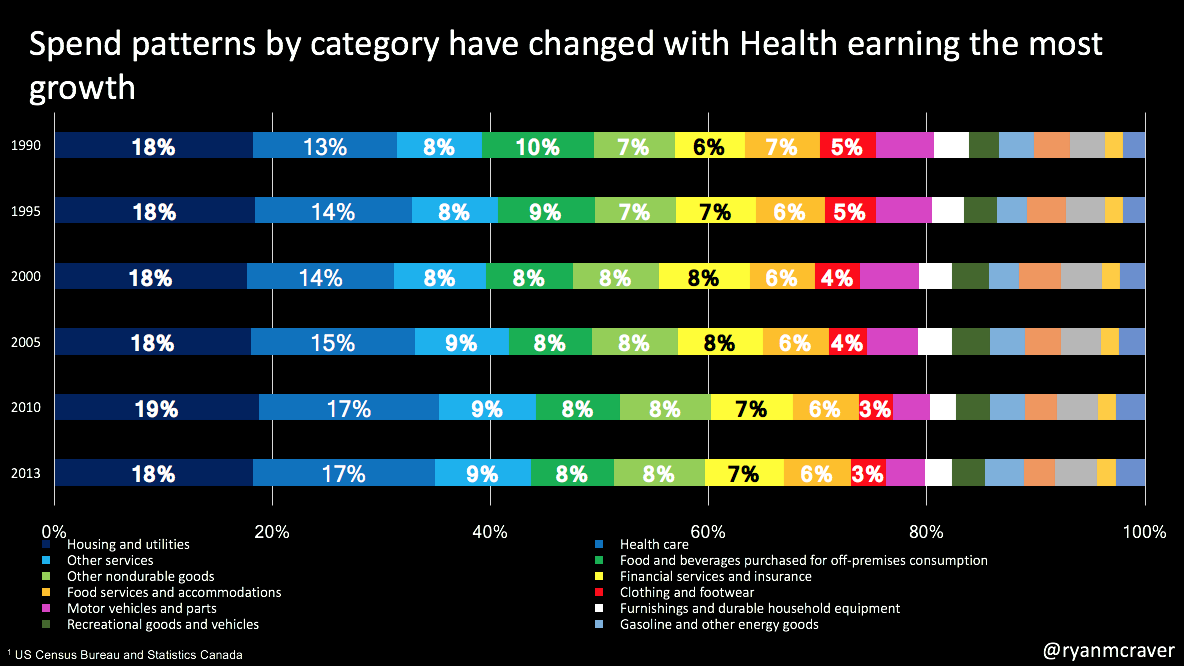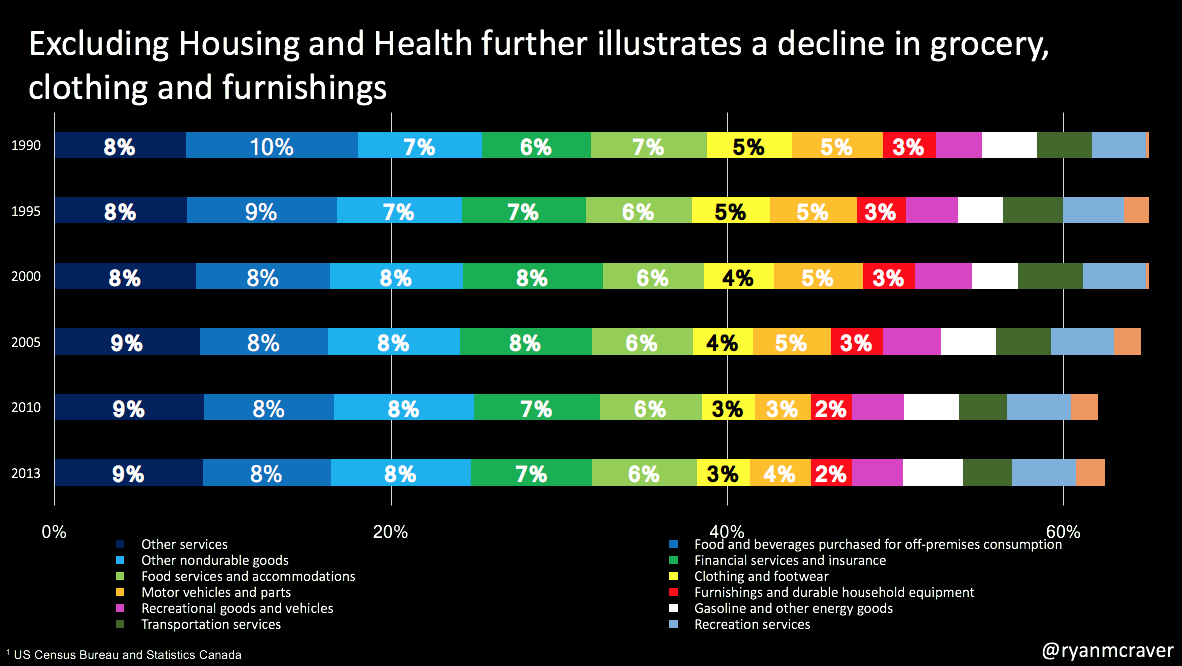“The Postal Service has a legal monopoly to deliver first-class mail and non-urgent letters. It is the only entity that can put something into a mailbox or through a mail slot. It is legally obliged to provide the service at the same level and price nationwide. That means, even with mail volume down 40 percent since 2006, the Postal Service still must visit 155 million mailboxes every day.
Since 2007, the Postal Service has been required to allocate 5.5 percent of its fixed costs to package delivery and to incorporate that into its pricing. That figure made sense then, but today, 25 percent of the Postal Service’s business is package delivery. And thanks to features of the Amazon deal – such as Sunday delivery, grocery delivery, even delivery from fish markets to local restaurants – the expenses have climbed.
In fact, they’ve climbed so much, according to a recent analysis by Citigroup, that the Postal Service should be charging Amazon $1.46 more per package than the $2 or so it does now. “Amazon now enjoys low rates unavailable to its competitors,” the Journal story said. “It’s as if Amazon gets a subsidized space on every mail truck.”
It’s not just the free ride in the truck. It’s the $200 million three years ago to furnish carriers with 270,000 Internet-connected handheld scanners needed for real-time package tracking. It’s the $5 billion or more to replace the Postal Service’s 190,000 delivery vehicles with new ones better equipped to handle packages.”
Let's get this straight. If the Postal Service could stop delivering to a portion of American households, they would. No carrier can profitably deliver to EVERY household in America. Complain about their service, complain about their losses, but without the USPS, FedEx and UPS wouldn't have final mile delivery and ecommerce wouldn't see the current and planned growth rates we all enjoy. Thank you USPS.







